Yangmingshan National Park has an altitude ranging from 200 to 1,120 meters, and has many broadleaf and artificial forests. It's a perfect habitat for cicadas. Each year from April to September, about 20 types of cicadas begin to appear, including Tanna sozanensis (endemic to Taiwan), Euterpnosia hoppo, Mogannia hebes, and Kempfer cicadas.
The Yangmingshan National Park Headquarters has organized the "Yangmingshan Cicada Summer Concert" every year in June to help the general public better understand the natural habits of the cicadas. This year (2018), 2 sessions were held on June 16 (canceled due to rain) and June 23.
On Saturday, June 23, the event started with cicada lovers from all around, children interested in cicadas, and adults who love observing animals and plants in the wild, all gathered together to listen to cicada expert Chen Zhen-Xiang from the Yangmingshan National Park Headquarters speak about the body and the habits of the cicadas.
After a basic understanding of the habits of a cicada, the instructor Cheng Jing-Fu joins in with a big smile, and the two instructors lead the students across the Jingshan Nature Center to the Lengshuikeng to Xinyuan Street trail, where students can look for signs of cicadas up close. Along the way in the bushes and branches, many traces of bugs were found. Some children found shed skins of the cicadas, and the instructors took the opportunity to review what was just taught in the course to remind everyone the features of the cicada through actual observation.
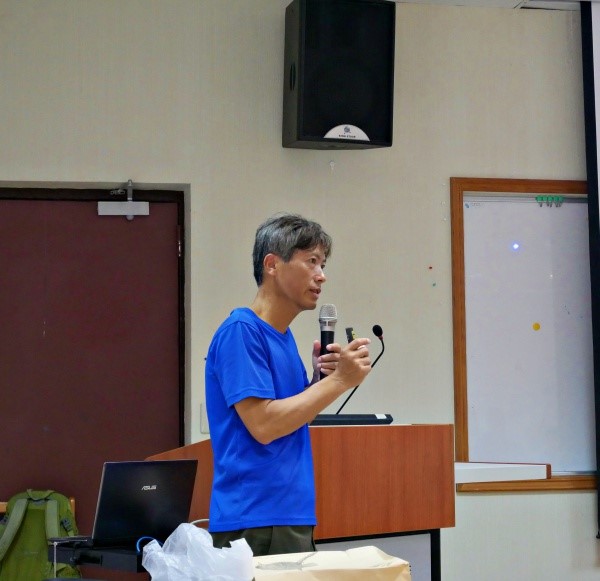
the Yangmingshan National Park Headquarters
speak about the body and the habits of the cicadas.
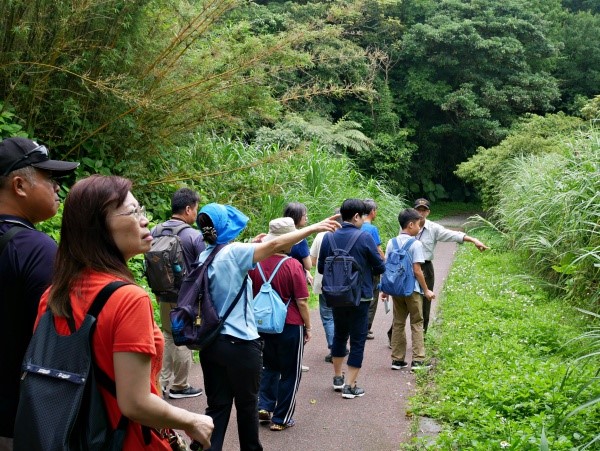
look for signs of cicadas up close.
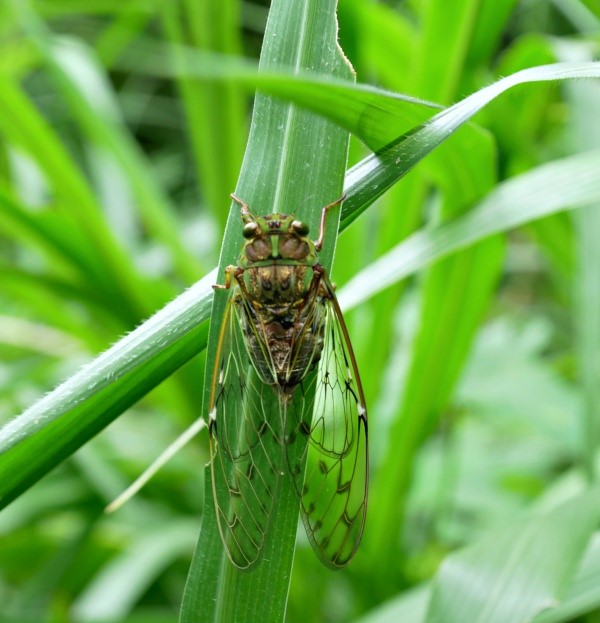
in Yangmingshan during summer time.
In the afternoon, a skilled field recording professional Hsueh Yong-Chih joined the group and spoke the students about the basics of sound and recording. First, he used cicada recordings from nearby using different equipment to help students listen and distinguish the difference between the equipment. The precise design and left and right sound channels of the equipment will allow one to distinguish several different types of insect voices from a seemingly chaotic source of sound. Afterwards, Mr. Hsueh used software to demonstrate the wave strength of different cicadas in the sound chart. As each cicada has its own unique sound, there would be no mistake in identification.
Finally, the group returned to the Jingshan Nature Center to look for cicadas in the small forest. "Do you know how to find a cicada?" The 3 instructors taught the group a trick: try to look from the front and the side, to observe the tree from various angles; if you see a bump on the tree, then you get closer to verify if it is a cicada. Students walked around the forest going high and low to check, and found many Tanna sozanensis and Euterpnosia hoppos.
After a full day of learning, and the detailed explanations from the 3 instructors, each student returned home satisfied with their newly learned basic knowledge about the cicadas.
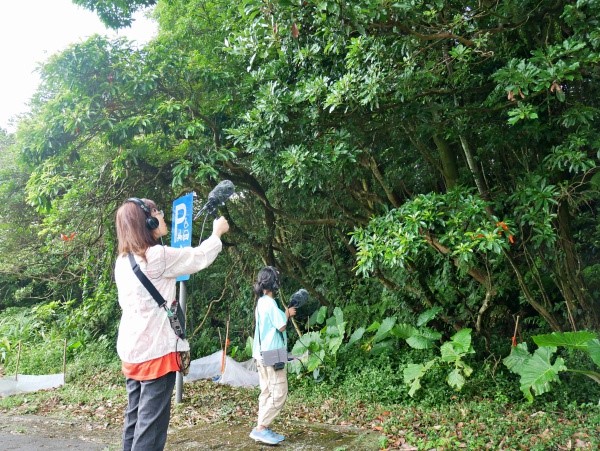
to listen and distinguish the difference
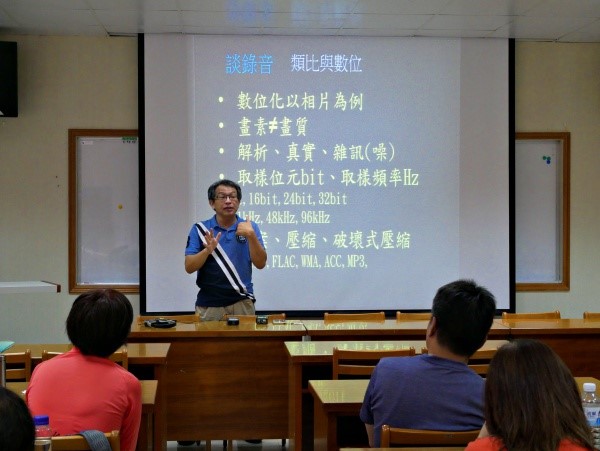
spoke the students about the basics of sound and recording.
